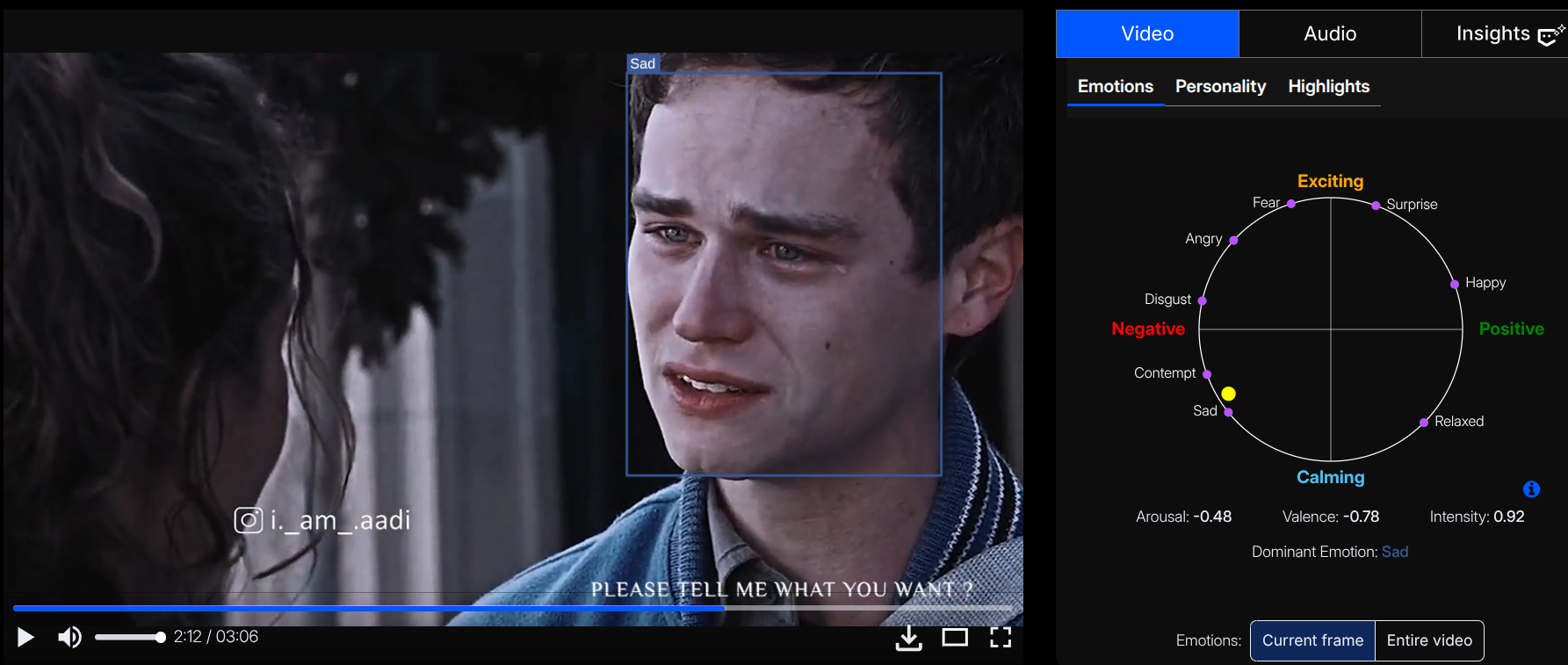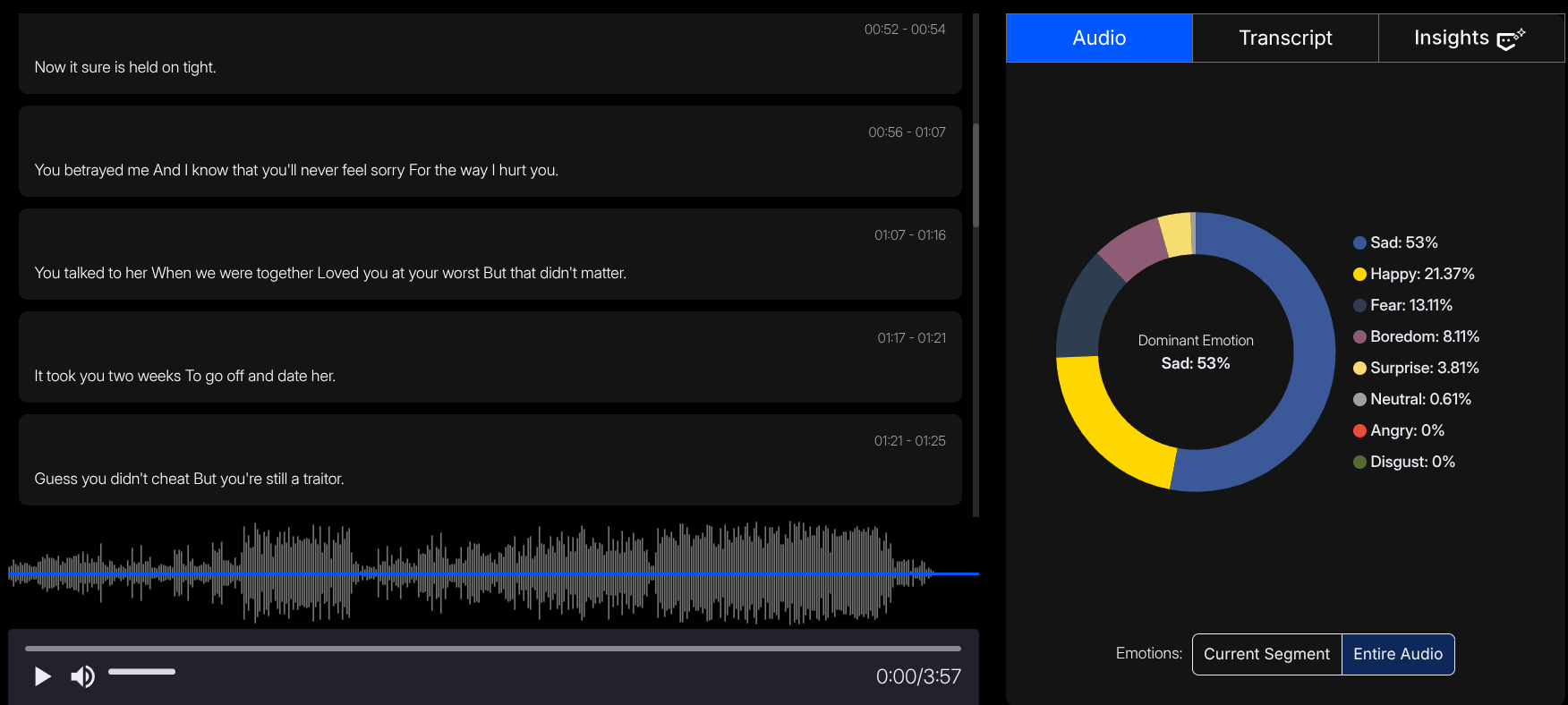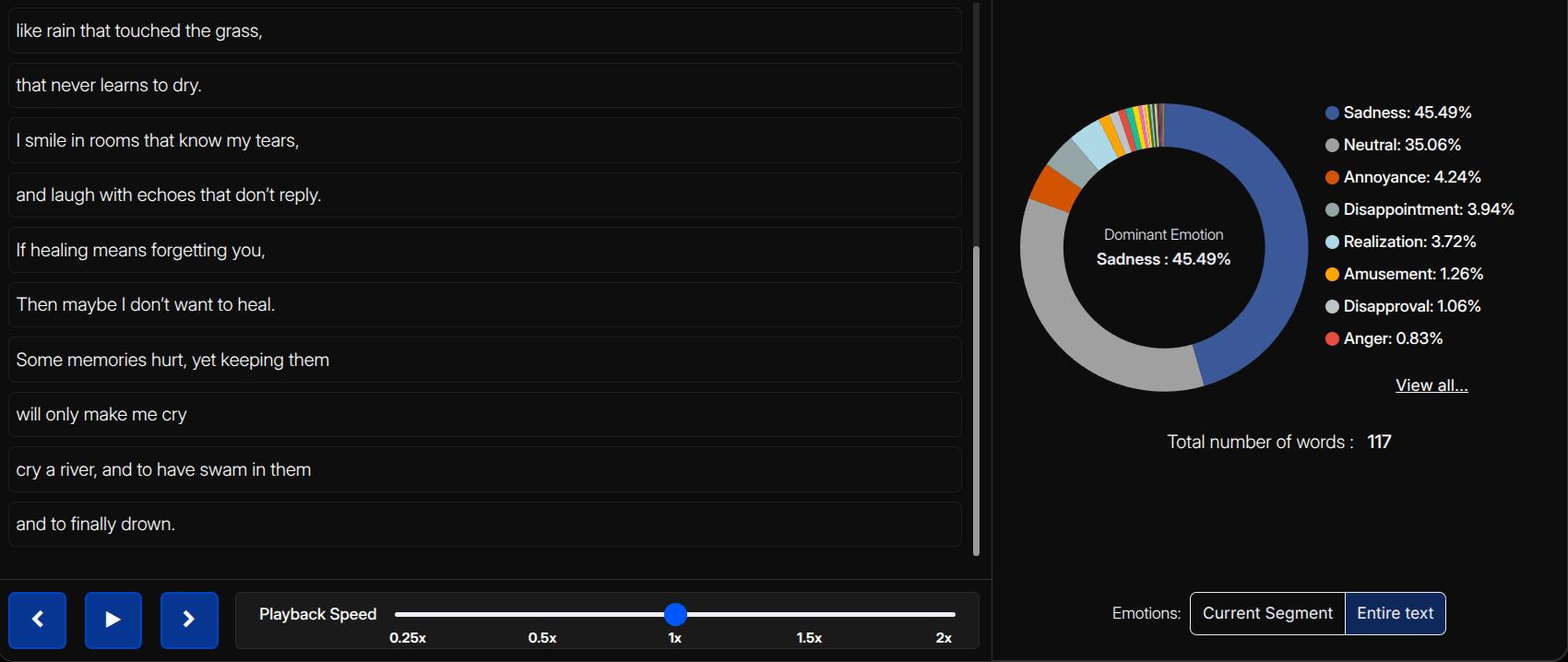Sad Emotion
Sadness is a basic human emotion typically associated with feelings of unhappiness, sorrow, or disappointment. It often appears after a loss, setback, or any upsetting experience. Sadness can be mild or intense. It may affect how a person thinks, behaves, and feels physically, for example, low energy, slower activity, wanting to be alone, or crying.
Sadness is positioned on the lower end of the emotional spectrum, representing a low-valence (unpleasant) state often accompanied by low to moderate arousal (reduced energy or activity). It reflects an emotional response to loss, disappointment, or unmet expectations in psychology, often leading to inward focus, self-reflection, and a temporary decline in motivation.
Even though sadness is seen as negative, it has an important purpose. It helps us understand our emotional needs, reflect on our experiences, and connect with others through empathy. Sadness encourages people to process their feelings, ask for support, and rethink what matters to them. This makes it helpful for emotional growth, building resilience, and strengthening relationships.
Paul Ekman’s Perspective
Paul Ekman identified sadness as one of the six universal emotions expressed across all cultures, along with happiness, anger, fear, disgust, and surprise. In his Facial Action Coding System (FACS), sadness is linked to facial muscle movements such as the inner brow raising (AU1), brow lowering (AU4), and downward pull of the lip corners (AU15). Ekman highlighted that sadness isn’t only shown through facial expressions—it can also be seen in body posture, voice tone, and reduced physical activity. His work established sadness as an important emotional signal that helps people connect, express vulnerability, receive empathy, and begin emotional healing.
.jpg?alt=media&token=6993da93-36b5-4d35-bc1b-bb42beaaac03)
.jpg?alt=media&token=250766c2-aae5-4635-92a2-635c36f76276)
Sad Emotion in Emotion AI
Emotion AI systems detect sadness by examining multiple emotional signals together to understand its intensity, context, and possible cause.
Facial Emotion Recognition:
Identifies sadness through common facial patterns such as slightly drooping eyelids, raised inner eyebrows, lowered or unfocused gaze, and downward movement of the lip corners.
In the given Screenshot of a video, analyzed using Imentiv AI, you can see we have processed a sad multifandom video, and the overall emotion appears sad. We can also ensure that whatever the videomaker was trying to invoke has succeeded.

Audio Emotion Recognition:
Notices sadness in speech through a softer or lower tone, slower speaking pace, longer pauses, reduced energy, and a heavy or shaky voice quality.
Imentiv AI analyzed Olivia Rodrigo’s song “Traitor,” which explores themes of betrayal and heartbreak. The emotional tone of the song is distinctly sad and reflective, capturing the pain of lost trust and unspoken sorrow.

Text Emotion Analysis:
Identifies sadness in written or spoken language through negative or low-mood expressions, reflective or self-focused statements, emotional vulnerability, references to loss, or pessimistic wording.
Here is a poetry analysis done by Imentiv AI. It's a deeply expressive and emotionally charged poem — it captures sadness, grief, and lingering attachment beautifully.

In organizational, behavioral, and therapeutic settings, sadness can indicate emotional fatigue, lack of motivation, burnout signals, or an unmet emotional need, depending on context. For Emotion AI, interpreting sadness with nuance is essential to avoid misclassification and ensure empathetic, human-like emotional understanding. Advanced systems consider duration, situational cues, and behavioral patterns to differentiate between healthy sadness, momentary emotional dip, and potential distress.